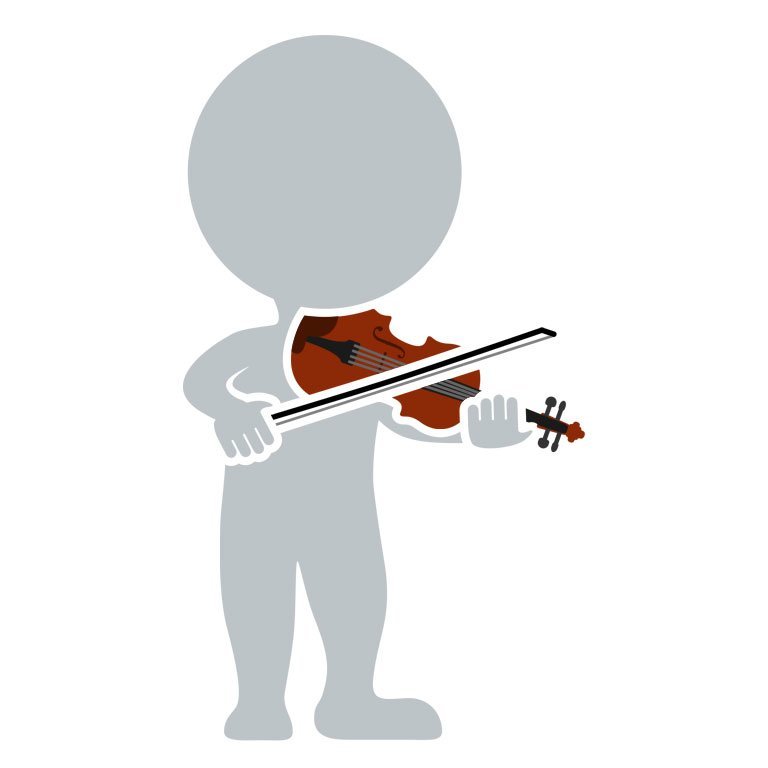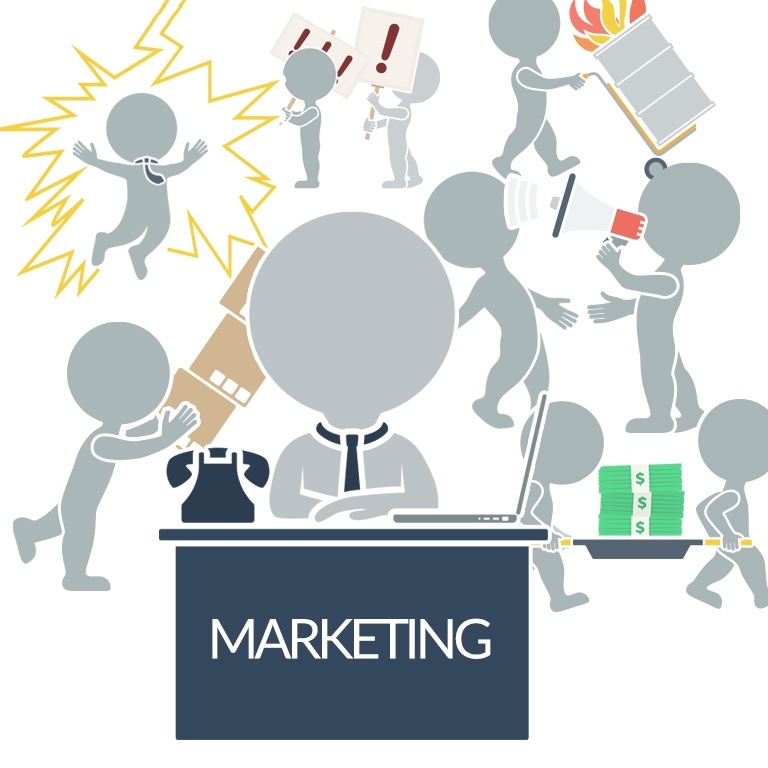Do yourself a favor today and stop by your orchestra’s website and take a look at one of the upcoming event pages. Is there anything there besides a program description that isn’t more than a paragraph, date & ticket info, a program/performer list, and a few sound and/or video clips? For regular a concertgoer, that’s usually enough information but what about everyone else, such as all of those new audiences we’re trying to attract?
 There are still too many orchestra websites that provide scant information about what a potential ticket buyer can expect and to that end, each event page should include as much content as possible. The most obvious content to include is what likely already exists, such as the respective program notes but that’s only the tip of the iceberg once you set your mind to creative uses.
There are still too many orchestra websites that provide scant information about what a potential ticket buyer can expect and to that end, each event page should include as much content as possible. The most obvious content to include is what likely already exists, such as the respective program notes but that’s only the tip of the iceberg once you set your mind to creative uses.
Previously, the problem with putting so much content on a single page is it produced prohibitively long page lengths but that’s an easy problem to solve thanks to contemporary web design which provides a wealth of tools allowing users to insert a great deal of content within a page while simultaneously keeping footprints intuitive and manageable in both desktop and Smartphone environments.
Accordingly, there’s no reason to set artificial limitations on how much content to use and one of the more popular, inexpensive, and readily available design tools to think about using in order to reach that goal are toggles.
Toggles hold hidden information which can be viewed by the visitor when they perform a certain action, such as click, tap, or hover. The toggle trigger can be text, icons, background colors, or any combination thereof. Since there is rarely a limit to how much and what type of content you can include inside a toggle (copy, pictures, videos, etc.), this is one of the most versatile design tools currently available.
For example, Victory Gardens Theatre in Chicago, IL uses toggles to hold all of their public program info at the bottom of the single event pages.
The Box Office Provider Wrinkle
It is increasingly common for orchestras to rely on their box office provider to list program details at the respective payment portal site. Typically, those sites are skinned to look like the primary site but the respective content is dealt with in a mutually exclusive content management system.
Unfortunately, many of box office providers don’t offer the opportunity to include very much information without succumbing to content overload; as such, if your group encounters that no-win scenario it is better to rely on your primary website for users to gather event info then use the box office suite payment portal site for the purchase process.
In the end, there’s no good reason for leaving your event details pages sparse; instead, use them as the primary point of contact for enlightening and inviting new and infrequent ticket buyers.
Speaking of that, it should go without saying but including boilerplate info for directions, parking, public transportation, etc. on each event page is a must. Fortunately, design items like toggles and tabs work just as well for that content as they do for event info.



This is an excellent point. I just stopped by my orchestra’s official website, and there’s practically no information about any of the concerts they’ve planned for this season! Although I didn’t get the sense that it’s a box office provider problem…
I think you’re on to something there Sam.
I’m a big fan of linked or embedded media about the program. I think the NY Phil does a particularly good job of this. I’m partial to this one for obvious reasons…
http://nyphil.org/ConcertsTickets/EventDetails.aspx?event={EEFB454F-D1CD-4F26-A366-336B6A19516C}
We feel our relatively new website works really well and provides a rich experience for our patrons. Curious to have your feedback, Drew, and also hear what others think. http://www.shriverconcerts.org/event/display/27/index.php
There’s a terrific amount of detail on the event pages so kudos on that. But I do notice that it is not responsive which means you’re not only reducing your conversion rates, but the site is actually outdated. If I’m understanding you correctly and you recently had this site developed, you should really go back to the provider and insist that they provide a responsive solution. If they refuse, it will have o be one of those things you chalk up to a learning experience but certainly something I recommend rectifying as soon as possible.
I’d be curious to know if the provider even made you aware of responsive design as I have discovered that many arts orgs are simply unaware of what they should be expecting as a baseline from providers. To that end, please feel free to get in touch directly if you have any questions about what responsive design is etc.